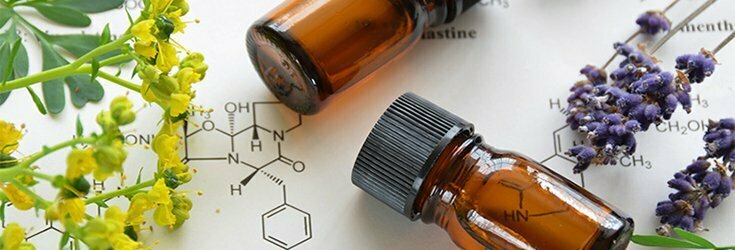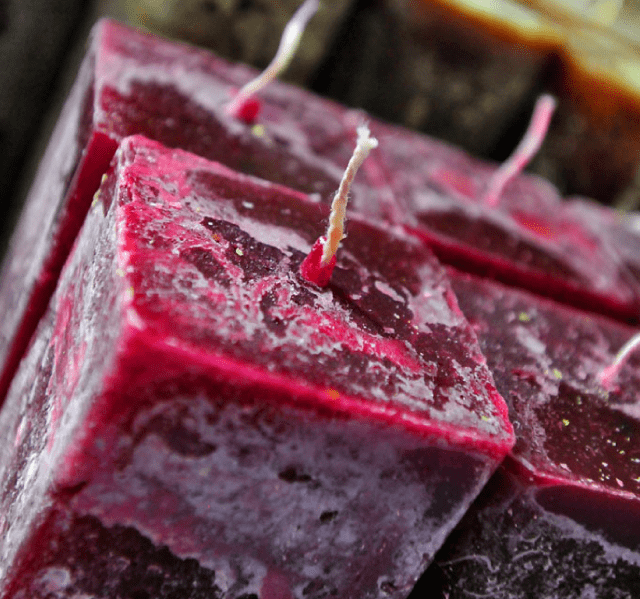
Aromachology and aromatherapy may sound fairly similar, but they are more different than you might think. While they both promote the positive effects of fragrance on mood and emotion, the former is based on scientific study and psychology, while the latter, is all about therapeutic use and natural scents.
Relatively new to the world, aromachology only really came about in the 80s. It’s based solely on scientific study, which looks at the psychological effects of both natural and synthetic fragrance. Aromatherapy, however, is much older and dates back to the 20s when it was an integral part of folk medicine. Unlike aromachology, how essential oils smell is secondary to aromatherapy – instead it’s their healing properties that are studied foremost.
While it’s easy to get confused between the two, there are some clear differences:
- Aromatherapy only uses natural fragrances, not artificial ones, while aromachaology advocates the use of both.
- While aromatherapy can be used to treat conditions related to mood and emotion – through inhalation or burning of scents, it’s not the primary purpose of aromatherapy. However, influencing moods and emotions is central to aromachology.
- While aromachology looks at why and how scents trigger a psychological response in humans, aromatherapy looks at what scents cause a specific physiological response. Aromatherapy is also about healing, while aromachology is often used for commercial purposes, for example in shops to encourage shoppers to spend. In fact, a whole industry has developed around the psychology of scent. This industry uses subtle scented air spaces in retail environments and food establishments to make an impact on customer experience and behaviour.
Aromatherapy and Aromachology – Working together
While the two have differences, they do complement each other. In fact, the science behind aromachology has validated many historic aromatherapy claims. For example, thanks to aromachology’s scientific studies it’s been proven that Rosemary enhances cognitive performance, Peppermint is invigorating and Lavender is relaxing.

Spotting the difference between the two
Unlike our scented candles, which are made up of natural essential oils and no other nasties, many scented products, which you may find on the high street, are actually based on aromachology. For example, that gingerbread gouse scented candle, or cookie butter body cream isn’t made up of natural, essential oils. Instead, these home and body products are designed with specific psychological objectives in mind – playing with the memories and love people have with these types of fragrances. Unless a product actually contains essential oils, it’s classed as aromachology, not aromatherapy.
While each has its own role, next time you’re out shopping, make sure you pick a product or scented candle that’s right for you. If you just want to smell sweet, don’t worry about picking an aromatherapy-based product. But if you’re looking to treat a skin condition, while smelling good, it’s an aromatherapy-based product you’ll need to go for. Likewise, while any scented candle can impact your mood, only one with essential oils has the power to really heal any ailments – such as stress.
What scents make a real impact on you? Whether it’s linked to childhood memories, or just an essential oil you’ve fallen in love with we’d love to know. Tell us in the comments below or tweet us @MeltCandles





